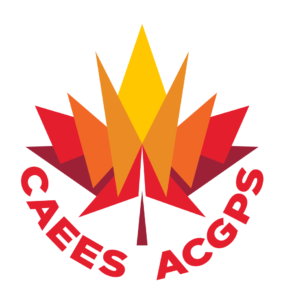Date: Oct. 3, 2024
Abstract
On February 6th, 2023, two major earthquakes hit Türkiye, with magnitudes of 7.7 and 7.6, in districts of Kahramanmaraş city, at 04:17 and 13:24 local time, respectively. On February 20th, 2023, another earthquake with a magnitude of Mw 6.4 occurred in Hatay, at 20:04 local time. These earthquakes, all of which are unprecedented in recent history in terms of magnitude and coverage, caused major devastation in a total of 11 provinces.
An international research group consisting of researchers from universities and companies in Canada, Italy, Serbia and Türkiye visited the affected area in June 2023 and focused on overall performance of structures in the earthquakes as well as the authorities’ preparedness and response to the event. A follow up visit was made in May 2024 to study the structural performance of school buildings and correlation with peak ground intensity at nearby ground motion recording stations.
This presentation describes the lessons learned during these visits and covers various aspects including seismology, geotechnical effects, the performance of residential buildings, schools, religious and heritage structures, healthcare facilities, lifelines (dams and bridges), authorities preparedness, response and recovery practice.
Presenter’s Biography:
Dr. Carlos E. Ventura is currently the Director of the Earthquake Engineering Research Facility (EERF) at UBC and has more than 30 years of experience as a structural engineer. Dr. Ventura’s areas of research are in Structural Dynamics and Earthquake Engineering. He has been conducting research on the dynamic behavior and analysis of structural systems subjected to extreme dynamic loads, including severe ground shaking for more than twenty years. His research work includes experimental studies in the field and in the laboratory of structural systems and components. Research developments have included development and implementation of performance-based design methods for seismic retrofit of low rise school buildings, novel techniques for regional estimation of damage to structures during earthquakes, detailed studies on nonlinear dynamic analysis of structures and methods to evaluate the dynamic characteristics of large Civil Engineering structures. His current research is focused on methods to evaluate the interaction between critical infrastructure vulnerable to natural and man-made hazards, and on structural health monitoring of building, bridges and dams. Dr. Ventura has written over 400 technical papers and reports related to the seismic behaviour of structures, and has received numerous awards for his research accomplishments, including the Lieutenant Governor’s Award of Excellence (2013), the Innovation Award of the Canadian Society of Civil Engineering (2010) and the APEGBC Meritorious Achievement Award (2006). He is a member of several national and international professional societies and advisory committees. He is a member of the Canadian Academy of Engineering and Fellow of Engineers Canada. He is also a member of several building and bridge code committees.

